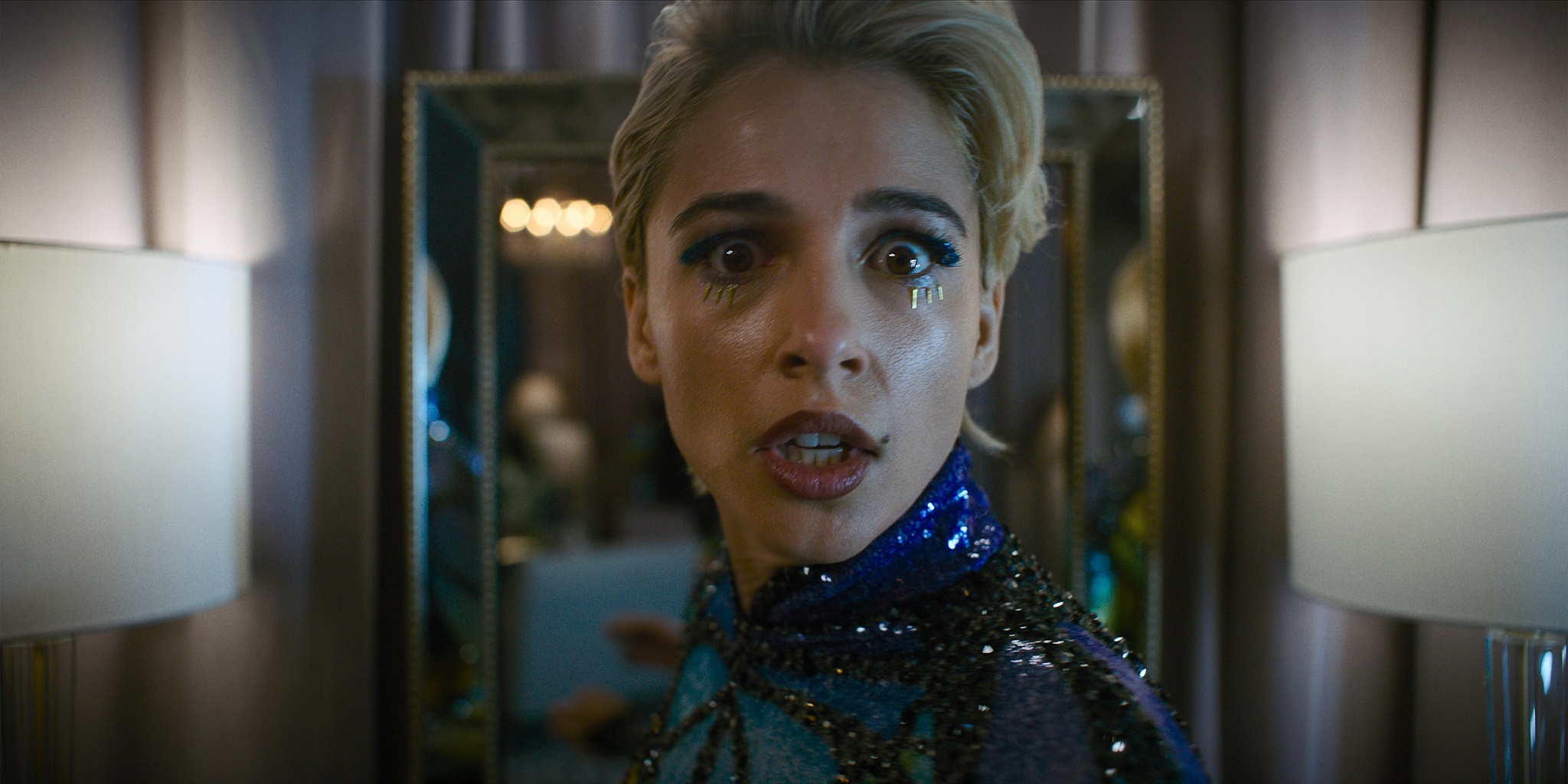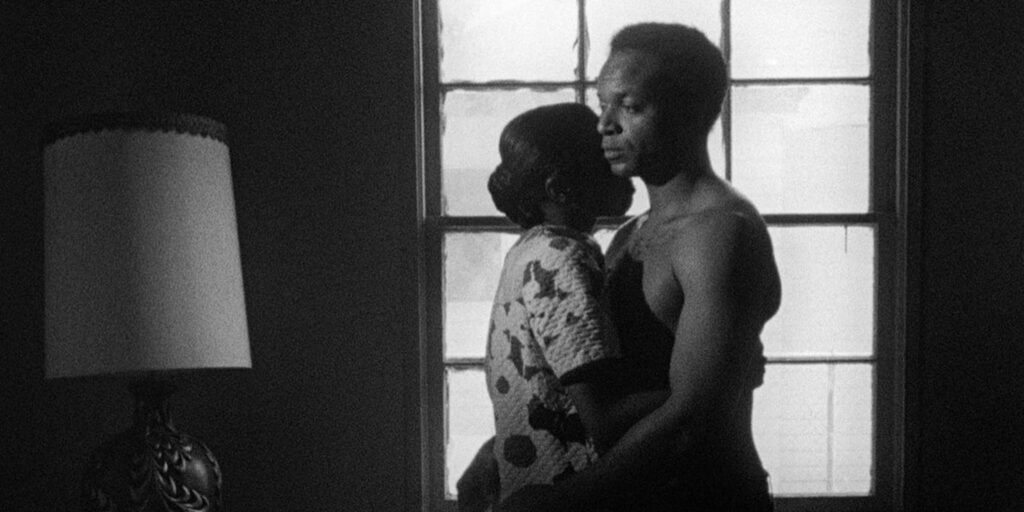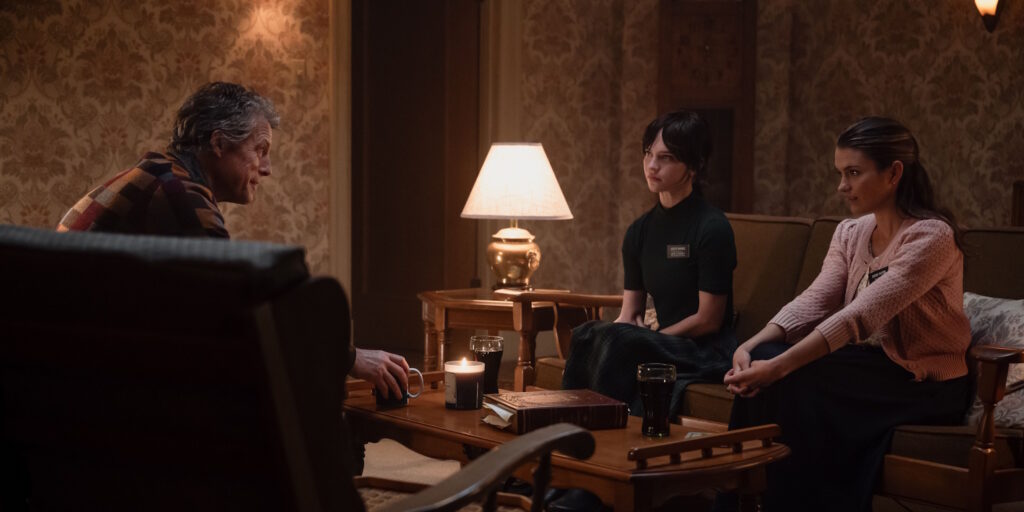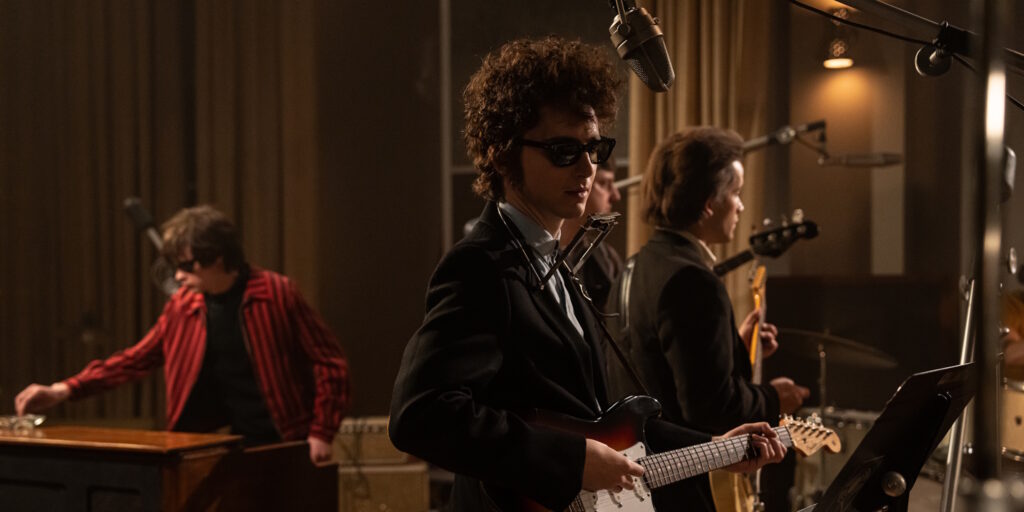Writer-director Parker Finn’s Smile 2 – the follow-up to his surprise 2022 horror hit – picks up less than a week after its predecessor’s bleak and ghoulish conclusion. Frazzled ex-cop Joel (scream king Kyle Gallner) sits in his car on a wintery suburban street, working up the nerve to attempt a hail-Mary gambit. Not to save himself from the spiritual entity that latched onto him at the end of the last film; escape from this nameless, grinning presence appears to be impossible. In a matter of hours, it will compel Joel to kill himself in front of an onlooker, thereby passing the parasite to another luckless victim. He is simply trying to unload his demon on someone a bit more morally deserving than a random innocent. It doesn’t go well, as one might expect based on the first feature. Smile was a horror picture with an oppressively desolate worldview, where suicidal despair itself spreads like a sentient contagion, at once chillingly indifferent and maliciously personal in its methods.
Assuming it’s been more than a week or two since you saw the first film, you could be forgiven for forgetting the finer points of that feature’s plot. The sequel’s chaotic in media res opening doesn’t go out of its way to refresh viewers’ memories regarding who Joel is or what exactly befell him during the prior film. No matter: All Smile 2 asks is that audiences recall the core mechanic. Demon infects victim, demon psychologically torments victim, demon mind-controls victim into un-aliving themselves in a manner that will maximize the traumatic impact on witnesses. Indeed, dutifully connecting the sequel to the prior film in the first 10 minutes – and then never mentioning it again – allows Finn and his collaborators to achieve the best possible outcome for a second Smile. Namely, the opportunity to run a similar scenario with a fresh cast, bigger budget, and a more focused and coherent handling of its grim themes.
As in the first feature, Smile 2 sticks rigorously to the point of view of its doomed protagonist. In this case the victim is pop star Skye Riley (Naomi Scott), who is about to embark on a comeback tour after a murky public disaster involving alcohol, drugs, and a single-car accident that left her severely injured and her boyfriend dead. Skye has emerged from a year of physical and drug rehab looking bright-eyed yet appropriately contrite – at least for the cameras on Drew Barrymore’s talk show. Privately, she’s still a bit of a mess, anxiously enduring publicity events arranged by her label while being ruthlessly supervised by her domineering mother (Rosemarie DeWitt). Feeling pressured from all sides and tormented by her chronic pain, Skye gives her handlers the slip and meets up with an old schoolmate, Lewis (Lukas Gage), who also happens to be her former dealer.
Lewis is in something of a state, but the erratic, paranoid behavior that Skye assumes is attributable to overindulgence with his own product is, in fact, due to something else entirely. That something ultimately seizes control and induces a manically grinning Lewis to bash his own face in with a barbell weight. Skye, understandably horrified, flees back to her posh apartment and behaves (unconvincingly) as if this encounter never occurred, but the smiling entity has other ideas. That very night it begins assaulting Skye with freakish, terrifying hallucinations. Sometimes it looks like Lewis, sometimes a stranger, and sometimes a form so rattling and intimate that it feels like her own guilt is messing with her mind. (Guilt about what? So, so many things.) As her behavior takes an abrupt swerve into fidgety instability, the few people close to her naturally assume that she’s using again. The truth is much worse, as returning Smile viewers know with sickening certainty.
Both Smile films typify what might be termed “Damnation Horror,” in which the protagonist is doomed virtually from the jump, without any realistic hope of escape. This subgenre occurs in both mundane (Eden Lake, Speak No Evil) and supernatural flavors (Hereditary, The Dark and the Wicked), and although the drama might be dampened (in hindsight) due to the absence of real stakes, when properly executed such works can flourish on pure feel-bad vibes. Finn’s features aren’t quite as po-faced and stultifying as other examples of the form, and Smile 2 evinces a filmmaker who has settled comfortably into a distinctive blend of mainstream horror jumps, arthouse aesthetics, and nervous humor. Some of the latter is due to the inherent, glossy absurdity of Skye’s world, but Finn also makes space for plenty of bug-eyed reaction shots, camp-adjacent slapstick, and some very New York jokes. (Staten Island catches some strays.)
It’s perhaps glib to sum up Smile 2 as “Smile but bigger and better,” but the description is nonetheless apt. Most of the behind-the-camera talent that made the first film a success has returned for this outing, including cinematographer Charlie Saroff, editor Elliot Greenberg, production designer Lester Cohen, and composer Cristobal Tapia de Veer. The sequel’s creepy, dissonant score and intense sound design – which often mingle together in a deliberately disorienting manner – feel like a seamless elaboration on the first film’s memorable aural landscape. Perhaps feeling liberated by the prior film’s unexpected success, Finne and Saroff get a smidge more adventurous regarding the film’s visual style, seemingly taking notes from middle-period Dario Argento. The film occupies the same fusion space as its predecessor – a wide-release studio horror film with indie blood in its veins – but Finn’s handling of both the formal and story elements feels markedly more assured here.
Some of the film’s success in this regard is also attributable to performance and character. Scott’s portrayal of Skye isn’t necessarily better than Sosie Bacon’s solid lead turn in Smile, but it’s certainly more expressive and watchable, if only because there’s a sicko voyeurism in gawking as a pop idol become unglued on a global stage. (Being a former Disney child star herself, there’s also a disquieting meta slant to Scott’s performance.) Finn’s screenplay for this outing sheds the half-baked metaphorical incoherence that at times bedeviled Smile, embracing the stark simplicity of plopping a clearly drawn protagonist into a nightmare that literalizes their personal demons. (It also, blessedly, drops most of the problematic language and implications vis-à-vis mental health.) Smile 2 is simply a sharper, spookier, and better organized film, deftly dribbling in flashbacks to gradually reveal the visceral horror of Skye’s life-changing accident.
The decisions that put Skye in the passenger seat on that fateful night were her own – muddled though they may have been by substance abuse – but everything that has followed comprises a chain of cause and effect that has coiled into a crushing prison. Even the smiling fiend that now follows Skye can be traced back to this event: Without the accident, there are no injuries, no chronic pain, no addiction, no comeback pressures, no late-night foray to her doomed dealer’s apartment. This miserable sensation of total entrapment is Smile 2’s bread and butter, and Finn’s screenplay and Scott’s performance do a stellar job of rendering Skye as sympathetic without completely letting her off the hook for her awfulness. (It helps that Scott is spectacular at ugly crying, unleashing heaving, childlike sobs that somehow elicit both pity and exasperation.) When she reaches out in desperation to her former best friend (Shithouse star Dylan Gelula), their unsustainable dynamic resumes immediately, permitting the viewer glimpses of the narcissistic behavior from Skye that presumably curdled the relationship.
Skye is a lot, in other words, and her roiling brew of artistic stress, celebrity egotism, and profound self-loathing makes her a perfect victim for the Smile series’ evil entity. Not that this being is particularly choosy, but a world-famous pop star who is already fighting the intrusive compulsion to burn her entire career (and life) to the ground promises some horrifying spectacle. Happily, Finn sticks to his principles from the first feature, refusing to elaborate on the entity’s nature, origins, or history. This utter disinterest in the (ugh) lore of the series means that Smile 2 can remain relentlessly and refreshingly focused on scares, even as it plays fast and loose with the boundaries between reality and demon-induced hallucinations. A bereaved ER nurse (Peter Jacobson) eventually appears and teases a possible method to slip the parasite’s grasp, but the film’s tone is so relentlessly dire that this plot point arrives already smelling like a sadistic fake-out. Horror filmgoers worth their salt probably know instinctively where Smile 2 is headed, based purely on the pairing of an unstable pop superstar with a malignant spirit that thrives on public suicide. Still, it’s about the journey, not the destination.
Smile 2 opens in theaters everywhere on Friday, Oct. 18.




